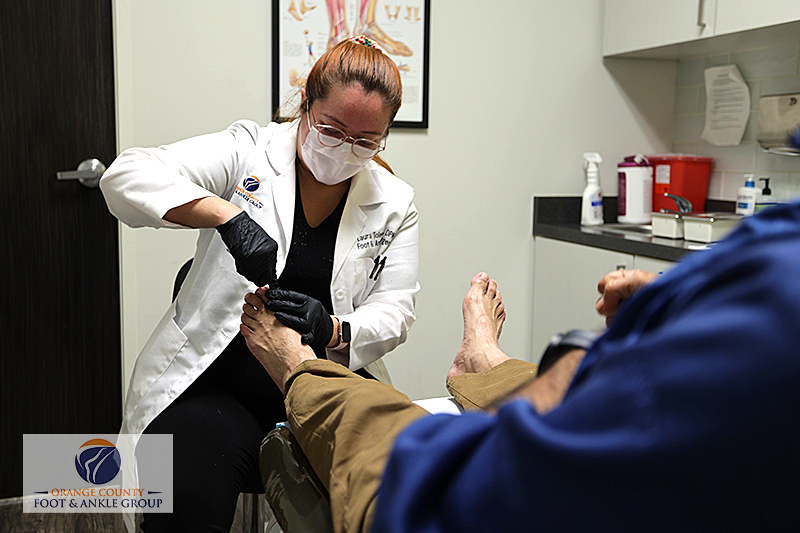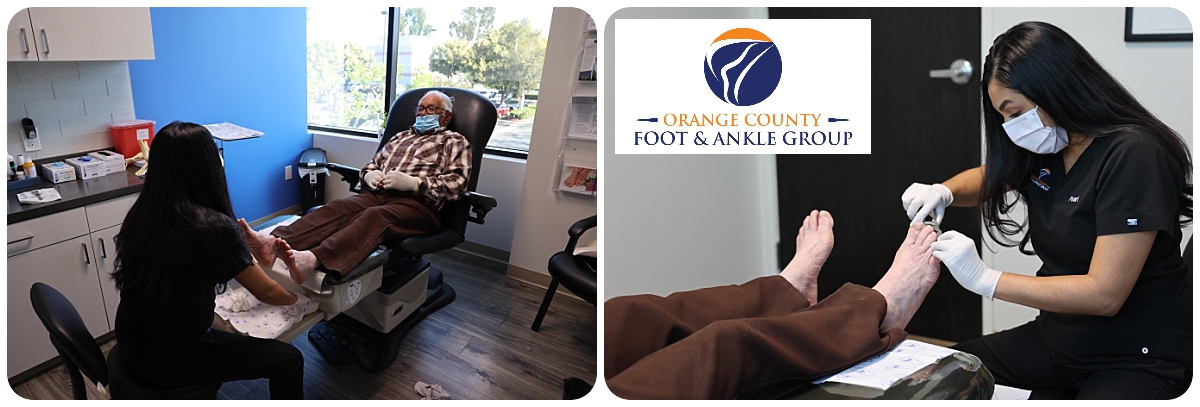Surgical Solutions for Common Foot and Ankle Problems
الجسم
A meta-analysis conducted on the prevalence of foot pain in the general population revealed that foot-related discomfort affects around 36% of individuals.
Research has highlighted that the most common musculoskeletal disorders that affect the foot and ankle are plantar fasciitis, ankle sprains, bunions and foot and ankle fractures. Foot problems are incredibly common that many individuals fail to take the issues severely. Dismissing minor discomfort or inconvenience may worsen the symptoms and eventually, foot and ankle surgeries become the only options left.
Whether it’s the fear of complications or misconceptions about recovery, most individuals prefer conservative treatments. However, non-invasive treatments are only effective for mild to moderate conditions. For long-term relief and improved function, it is best to opt for surgical intervention. In this comprehensive guide, we will explore common foot and ankle problems that may require surgical solutions.

Which are the most common foot and ankle problems?
There are plenty of foot and ankle related conditions that affect our daily activities. It is important to understand the risk factors and gain a comprehensive understanding of these issues that necessitate surgical treatment.
- Plantar fasciitis: The condition is characterized by inflammation of the plantar fascia which causes excessive heel pain. Conservative treatments might not be effective enough for severe and persistent pain caused by plantar fasciitis, hence, surgery is performed to remove the damaged tissue and release the tension.
- Bunions: These are the bony bumps developed at the big toe. These bumps cause pain and deformity, which are hard to treat with conservative treatments. The deformity can be corrected through surgery which involves realigning the bone by removing bony structures or soft tissue deformity.
- Achilles tendonitis: This condition causes pain in the back of the heel. In severe cases of Achilles tendonitis, surgery is recommended. When an inflamed Achilles tendon does not respond to conservative methods, damaged tissues can be repaired or reinforced through surgery.
- Ankle instability: If an individual is suffering from recurrent ankle sprains, conservative methods fail to provide stability. For ligament repair and reconstruction of the ankle, surgery becomes essential. Surgical intervention is considered the best choice to restore stability and improve ankle function.
- Stress fractures: Repetitive stress and overuse often cause smaller cracks in the bones. Poor healing or slow healing of stress fractures can increase the risk of complications. Hence, stabilization of the fracture site becomes crucial and surgery is the only option to facilitate healing.
- Diabetic foot: Individuals suffering from diabetes might need surgeries to address various complications such as diabetic foot ulcer treatment, foot or toe amputation, Charcot foot reconstruction, tendon lengthening, and bunion or hammertoe correction.
Types of foot surgeries: Benefits, considerations and risk factors
As discussed above there are plenty of surgical solutions available for common foot and ankle problems. Let’s discuss these surgical techniques and procedures and get a comprehensive overview of their benefits, considerations, potential risks, and recovery expectations.
Arthroscopy:
- A minimally invasive surgical technique performed with a specialized camera
- A popular option for the treatment of joint inflammation, cartilage damage, and loose bone fragments.
- Benefits include smaller incisions, reduced scarring and less postoperative pain
- Smaller incisions require shorter recovery time
Fusion
- Performed to permanently join two or more bones in the foot or ankle. T
- Mostly recommended for painful joint motion
- Conditions treated are severe arthritis and joint deformities
- Benefits include pain relief, improved stability, and prevent further joint deterioration.
Tendon Repair
- Repair the damaged or ruptured tendons in the foot and ankle
- The torn ends of a tendon are reattached to the bone with stitches
- Benefits include normal tendon function, improved strength, and promoted healing
Ligament Reconstruction
- Grafts or synthetic materials are used to reconstruct and stabilize the torn or damaged ligaments
- Conditions treated include ankle instability or ligament injuries
- Benefits include restored stability, reduced pain, and prevented recurrent sprains
Joint Replacement
- Artificial implants are used to repair damaged or diseased joint with artificial implants
- Commonly recommended for severe arthritis or joint degeneration in the foot and ankle.
- Surgery can be useful for the ankle joint, big toe joint or midfoot joints
- Benefits include pain relief, restore joint function, and improved mobility
Decision-Making for determining the appropriateness of foot and ankle surgeries
Determining the appropriateness of surgeries requires careful consideration of various factors such as:
- A comprehensive evaluation of the foot and ankle condition by assessing the symptoms, impact on the quality of life and diagnostic imaging
- Exploration of the inadequacy or inefficiency of conservative measures of treatment like physical therapy, medication, orthotics and more
- Patient-specific aspects such as age, overall health, expectations and goals, risk factors, post-operative rehabilitation and lifestyle factors
When considering surgery for foot and ankle conditions, thorough discussions should be done between the healthcare team and the patient. Based on the individual circumstances, the risks and benefits are weighed to confirm the appropriateness of surgeries. Patients should feel encouraged to ask questions and seek second opinions to make informed choices based on their preferences.

Conclusion
Surgical solutions offer long-term relief for individuals struggling with common foot and ankle problems. Although the decision to undergo a surgical procedure requires engaging in informed discussions with healthcare professionals.
If foot and ankle conditions are affecting your quality of life, then make informed decisions about your treatment journey by scheduling an appointment at Orange County Foot and Ankle Group. These highly experienced podiatrists offer surgical solutions tailored to individual cases. Get in touch and seek guidance for the ultimate goal of restoring mobility, long-term pain relief, and improved quality of life. Apart from foot and ankle surgeries, the podiatrists at OCFA are also renowned for offering personalized diabetic foot care.










تعليقات